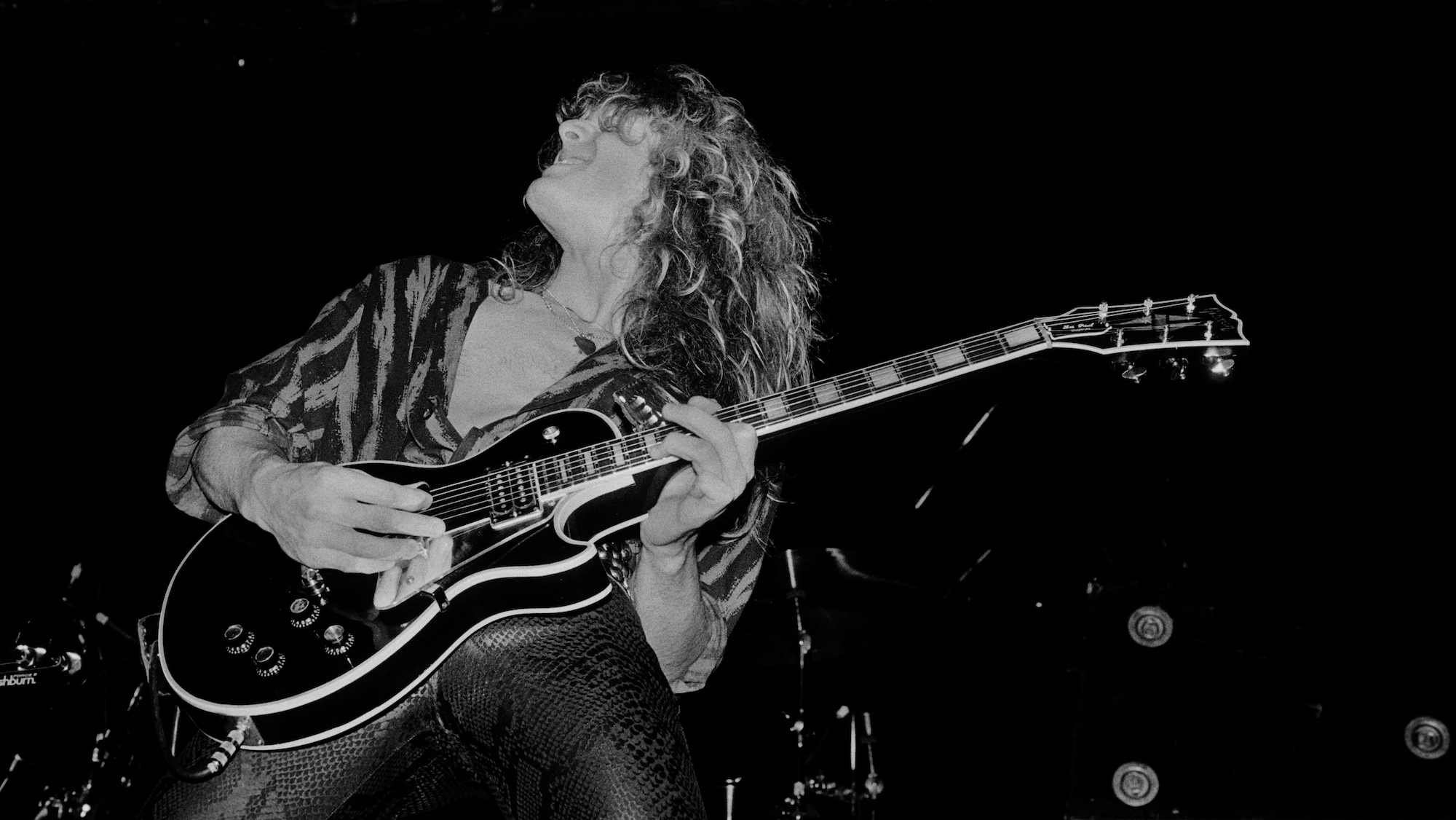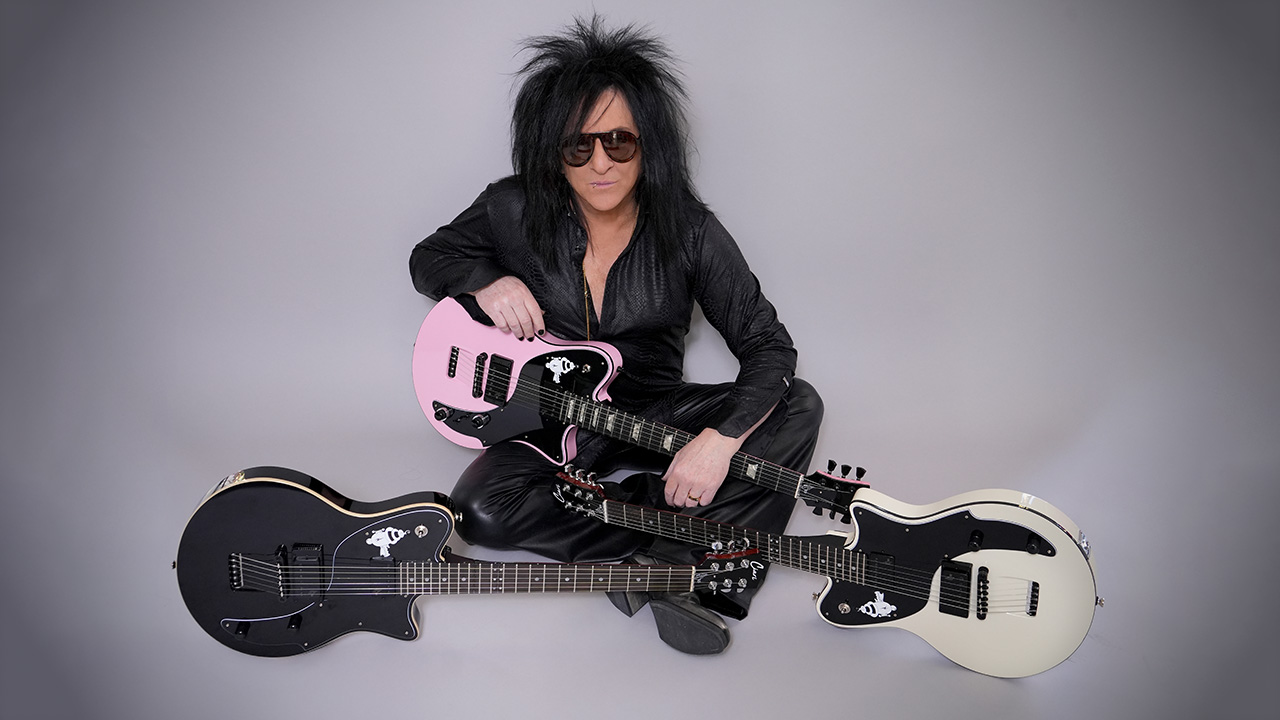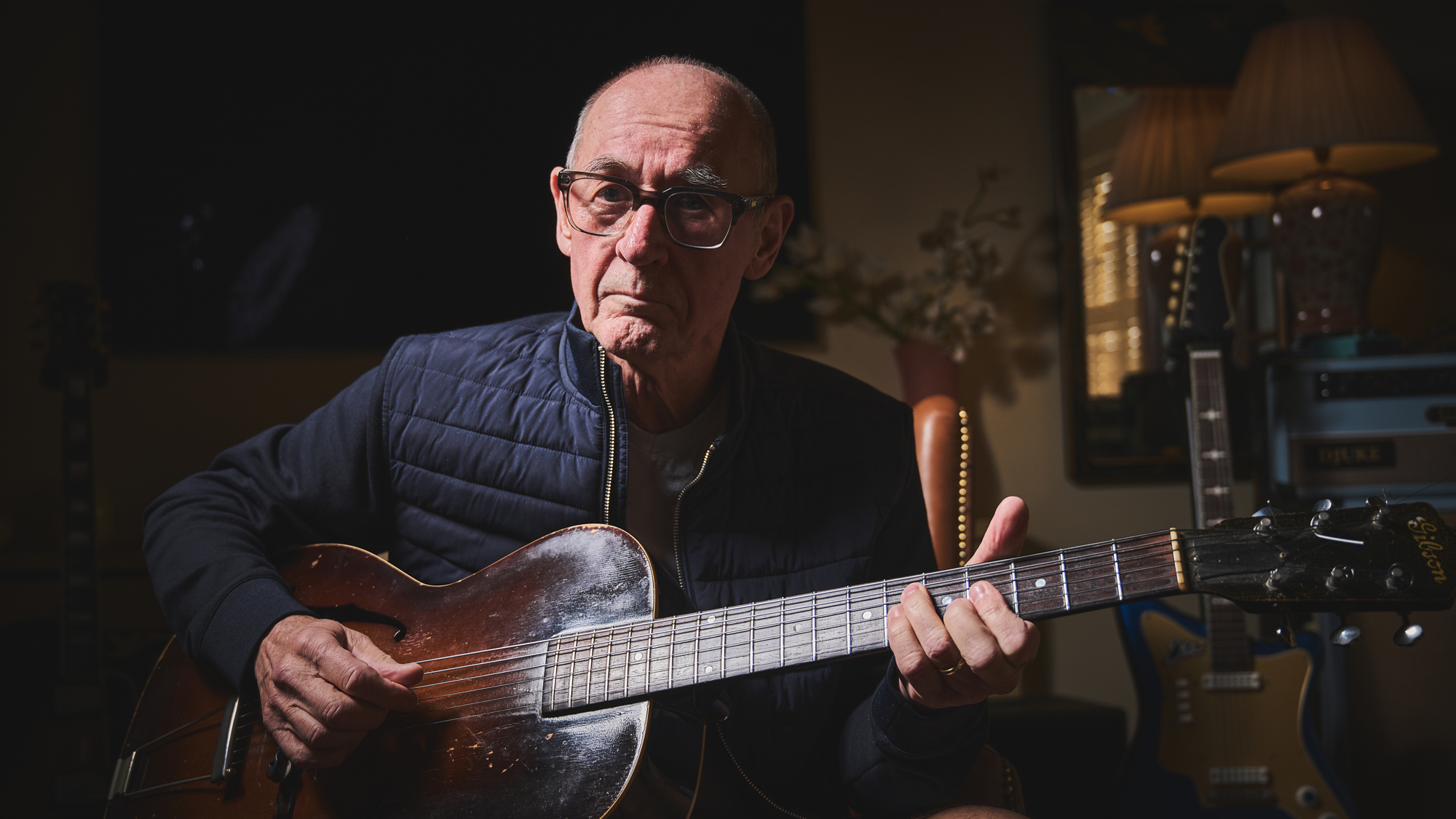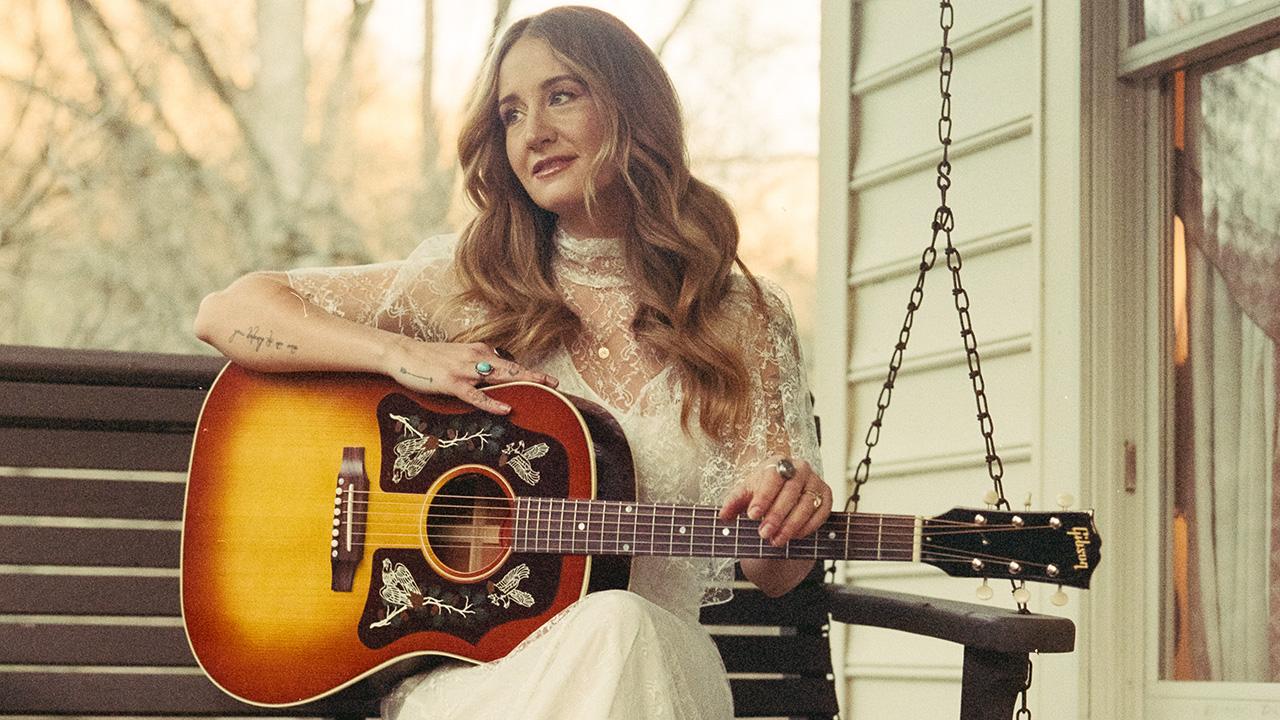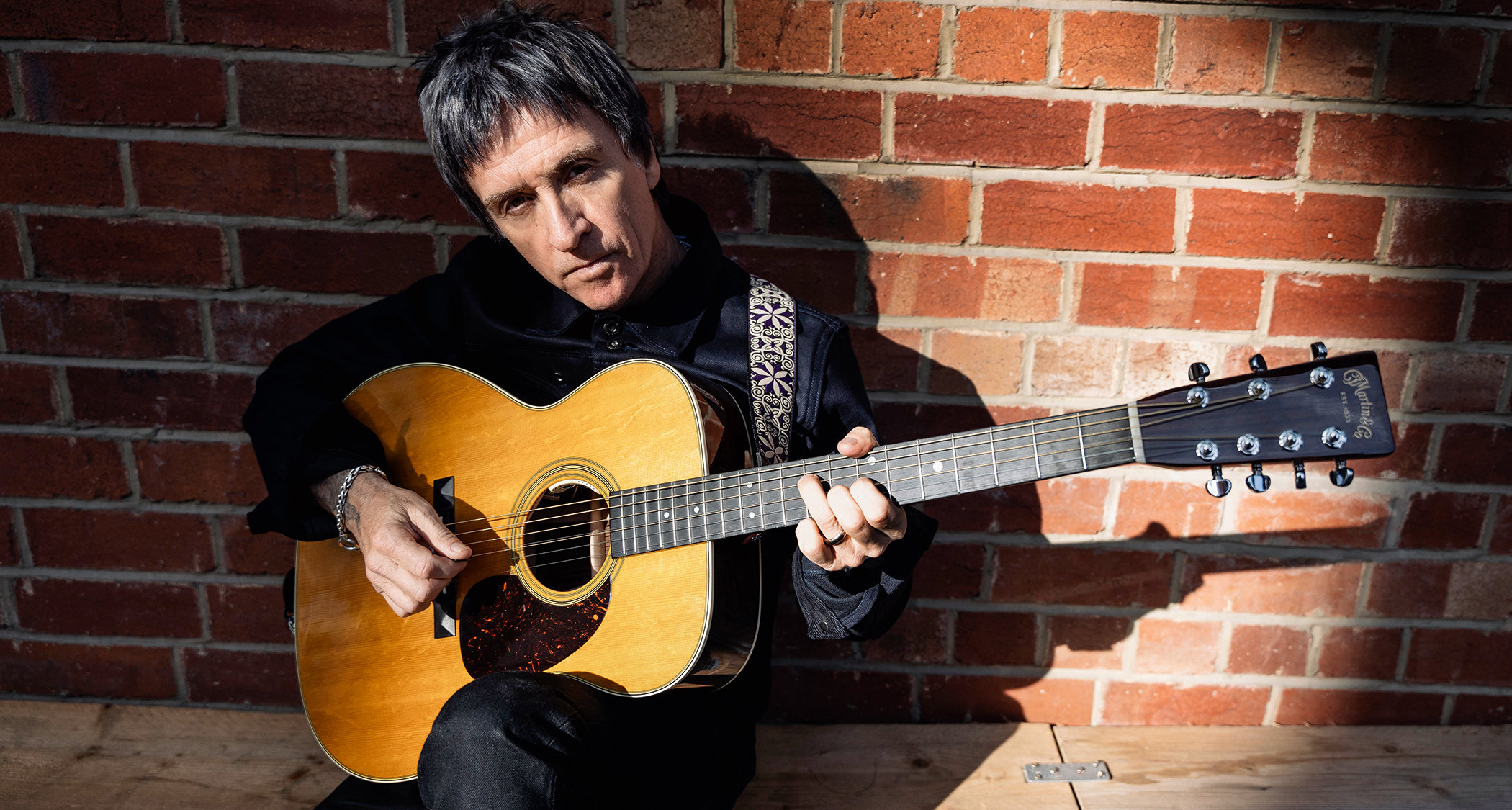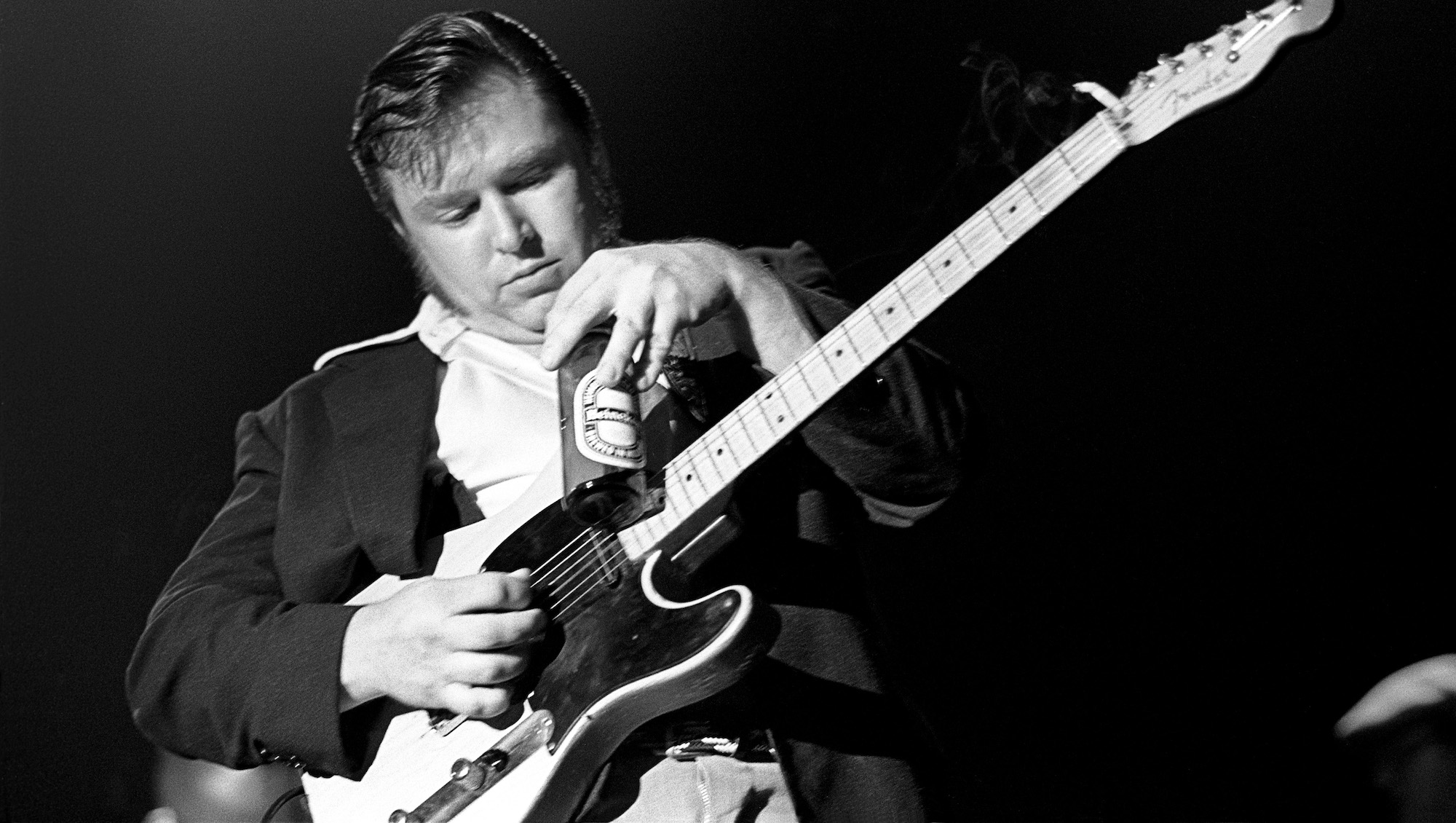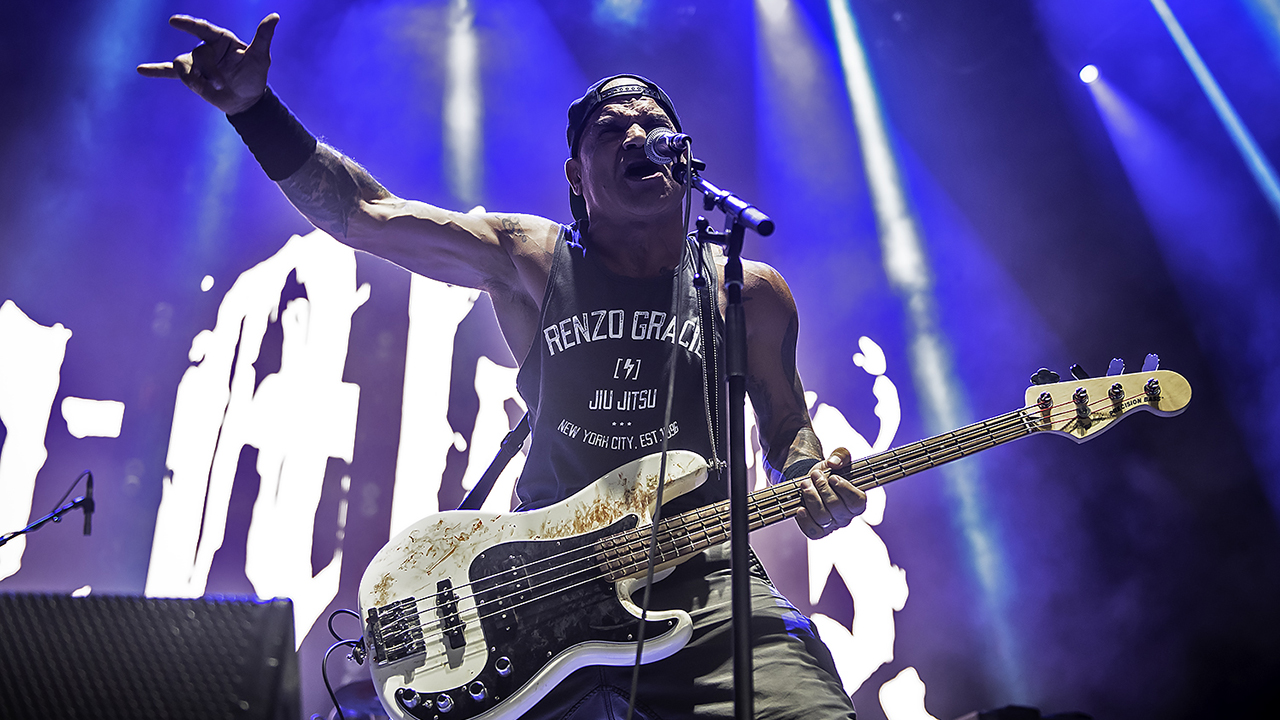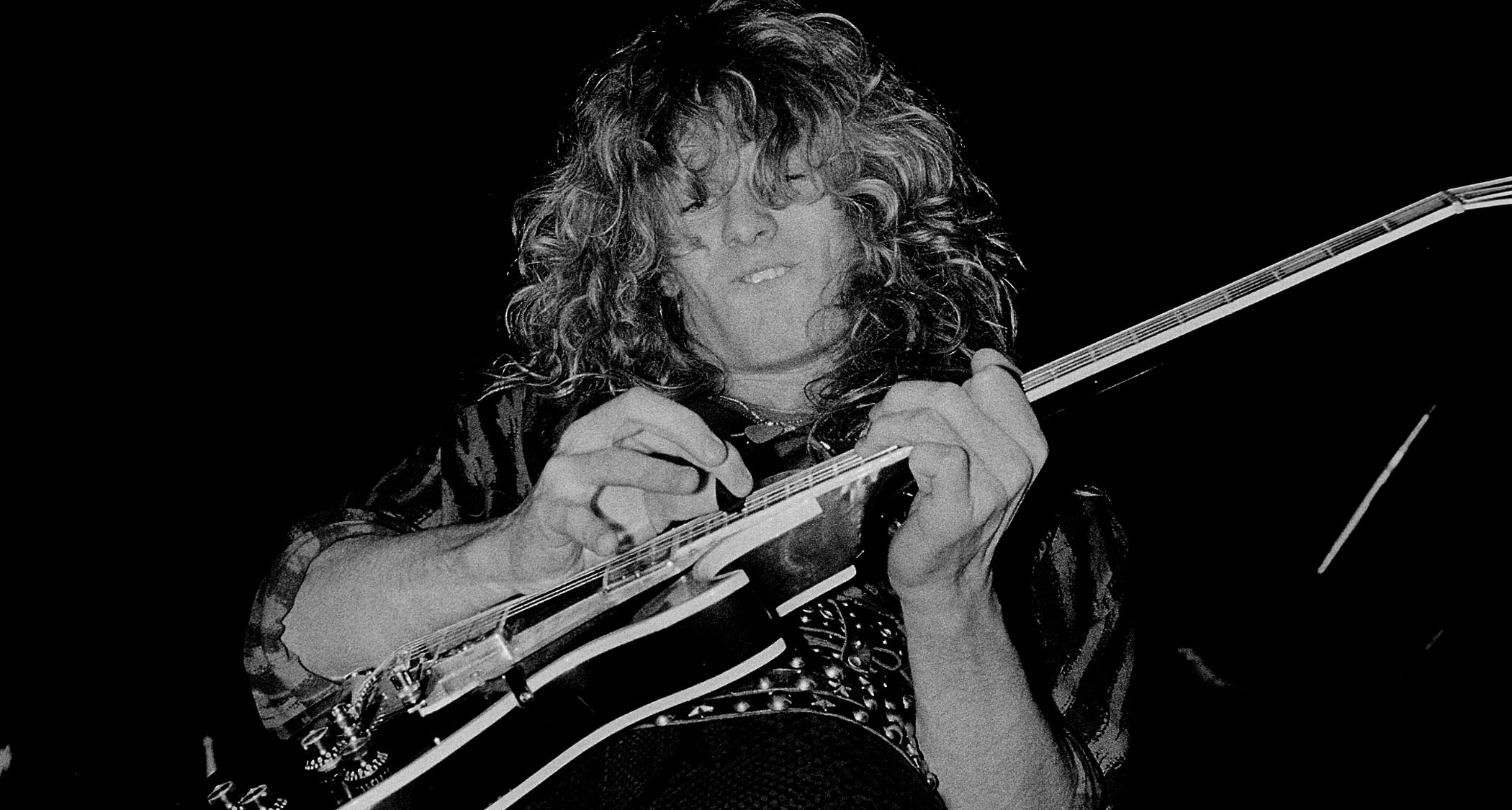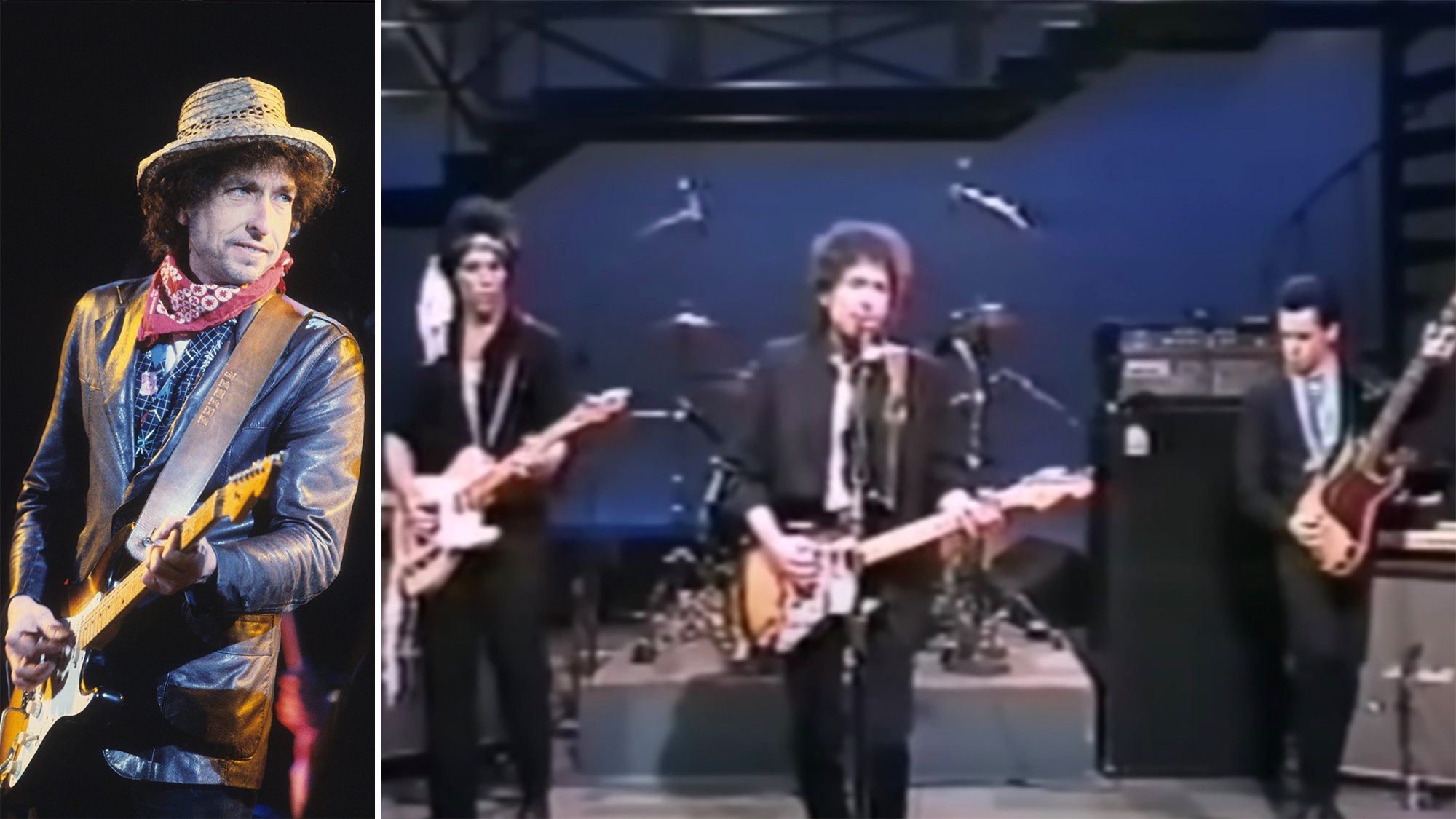“Technically, it’s for sale – I’ve priced it at a point where I hope nobody will ever buy it because I know I’ll never see another”: Why the 1960s Fender Bass VI is a tone machine that (almost) defies categorization
Loved by the likes of Jack Bruce, the Hollies and Aerosmith, the Bass VI is the Fender six-string that looks like a guitar, sounds like a bass, and is an offset with mojo and low-end to burn
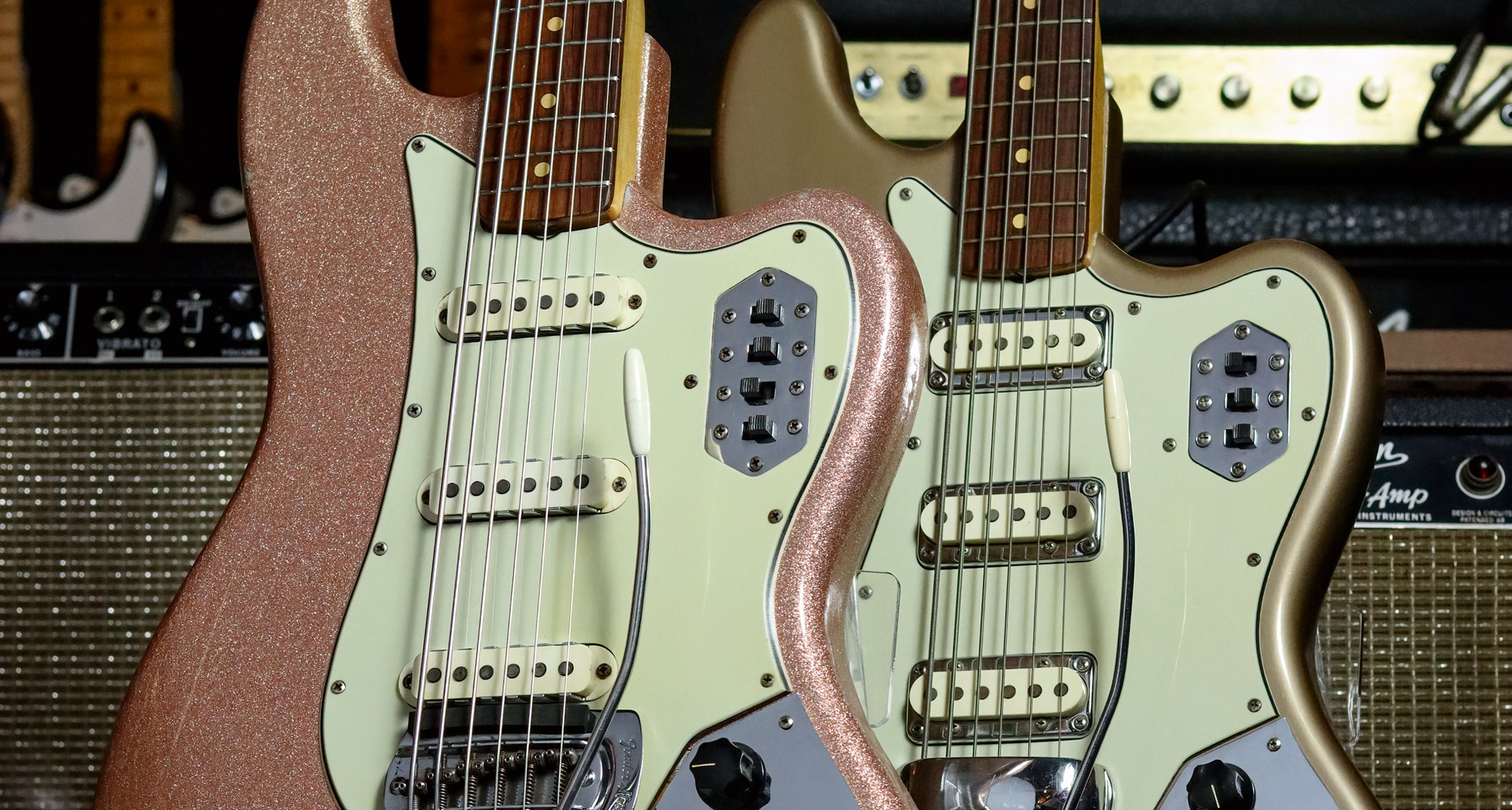
“Introduced in 1961, the Fender VI is often referred to as the Bass VI. When I was growing up I wasn’t a catalogue geek and I was unaware that this model even existed when I saw a listing in the classifieds of a local newspaper for a Fender VI. I just assumed it was a six-string guitar. It was a sunburst and the guy wanted $200 so I bought it anyway.
“My friend recognised what it was and I soon discovered that the VI was used by Glen Campbell, The Hollies, Aerosmith, Jack Bruce, The Beatles and Brian Wilson. The VI also became a studio staple in Nashville. Although I wasn’t even old enough to drive, I had discovered that you could open up Fender guitars and find dates on the neck and body.
“I had also learned how to read date codes on potentiometers, and very few people knew these things in the 1970s. The neck date was 11/60 and the potentiometer dates showed January 1961, so it was one of the very first VIs made.
“I just fell in love with these instruments, but for whatever reason I sold it and I later realised that the later ones had different pickups. Most people think they’re Stratocaster pickups, but they’re really not because the coil is wider. If you look at the bobbin material and how it’s cut, they’re basically Telecaster bridge pickups complete with inductance plates.
“They have the cool-looking metal surrounds, too. The earlier pickups really do sound better and that’s why they’re the ones serious professionals want if they’re using them to record. They sound richer and thicker than the later Jaguar pickup and they’re just wonderful.”
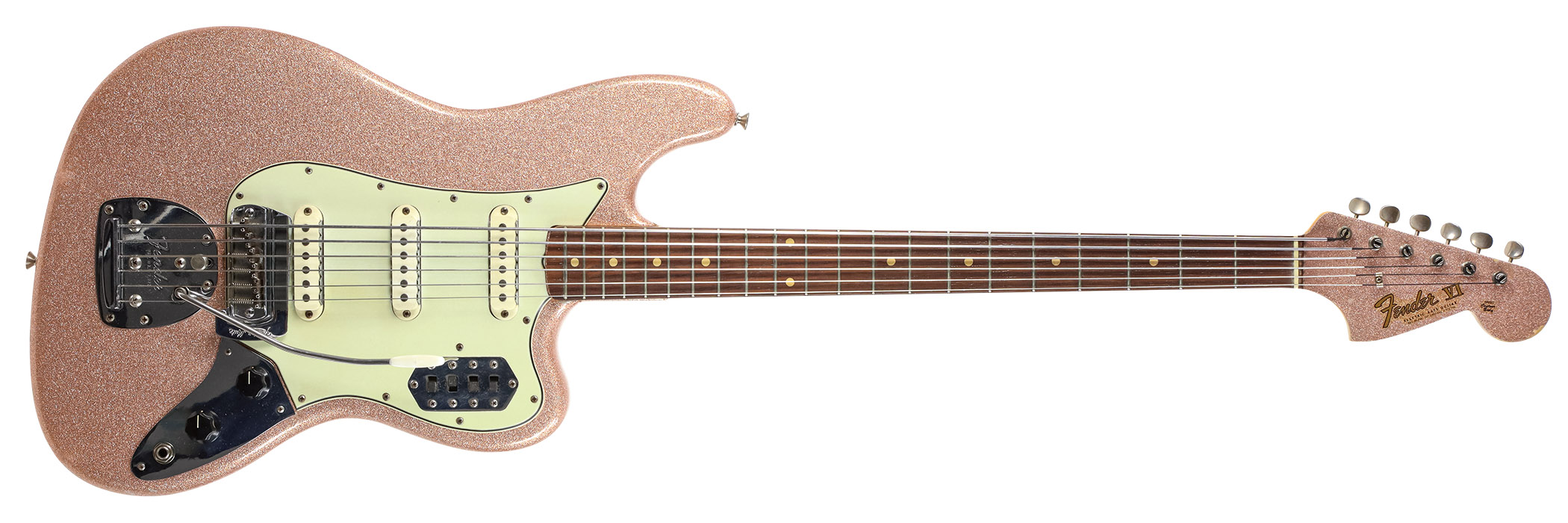
“I went on a quest looking for the earlier ones with the Telecaster pickups. I saw a few sunburst examples but never any custom colours. They’re so rare to see on a VI and are actually far more common on Stratocasters and Jazzmasters.
“I eventually found a blonde one and I hung onto that for a while, then I found a Fiesta Red ’63 with the later pickups, and eventually I came across the Shoreline Gold one that we can see here.
Get The Pick Newsletter
All the latest guitar news, interviews, lessons, reviews, deals and more, direct to your inbox!
“It’s a January ’62 with the bridge cover, all the tags and a slab fretboard. The headstock is non-matching, but by late 1962 matching headstocks were on practically every one, despite it supposedly being an optional extra.
“The ’63 Champagne Sparkle came from a guy in California who used to be a guitar finder for me. He thought it might have belonged to someone famous, but he wasn’t sure who. Of course, that set me off on another quest. I discovered that Kathy Marshall, the ‘Queen Of Surf Guitar’, had a Champagne Sparkle Jaguar.”
“Having mixed a quantity of paint, Fender would have sprayed more than one instrument in that colour, so I’m sure this VI was painted at the same time as hers. I tried to figure out who Kathy’s bass player was, but it seems she mostly sat in with other bands, and I never did find out who the original owner was.
“It’s a genuine Dennis Swiden sparkle finish of the period and there’s only a little bit of wear and tear. I used to talk with Dennis on the phone and he shared lots of little tells to identify original examples.
“The period from 1961 to ’64 was a crazy time and that’s when almost all of the Fender sparkle finishes were done. Fender carried on spraying sparkle finishes in-house up to ’68, but they look very different. The metal flake altered and a lot of them had urethane over the top, rather than nitrocellulose.”
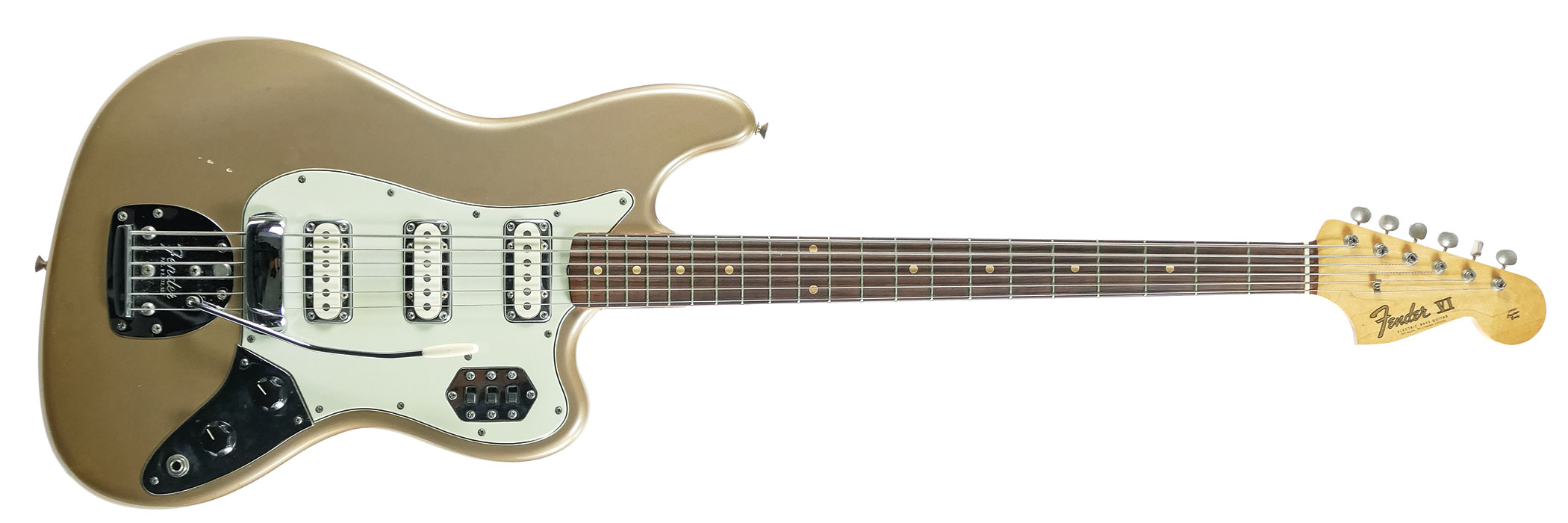
“The later VIs had Jaguar-style circuitry where you could turn each pickup on and off individually and also that phasey bass-cut setting. That fourth switch wasn’t included on the earlier ones. It’s interesting that you can still get strings for them and my preference is for flat-wounds because they sound more authentic. But you can also fit round-wound strings and play with a dime to get that sharper Joe Perry sound.
“The mute is another great feature that players like Glen Campbell used, but the reissues don’t have them. The VI can sound like so many different instruments; I think people are rediscovering them and creating sounds that have been missing from music for a long time.
“Of the two guitars, the Shoreline Gold is my favourite. Technically, it’s for sale – I’ve priced it at a point where I hope nobody will ever buy it because I know I’ll never see another.”
Vintage guitar veteran David Davidson owns Well Strung Guitars in Farmingdale, New York.
You must confirm your public display name before commenting
Please logout and then login again, you will then be prompted to enter your display name.
“Affordable versions of the three best basses I've ever held in my hands”: Sterling by Music Man completes its trilogy of Joe Dart signature models with a trio of made-to-order basses that cost less than $500
“The ace up the sleeve of bass players around the globe since 1978”: Tobias instruments were trailblazers in the bass world. Now they’re back as part of the Gibson family

